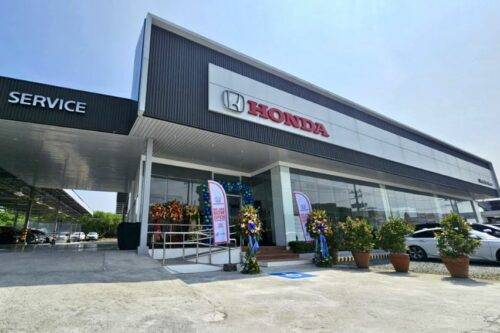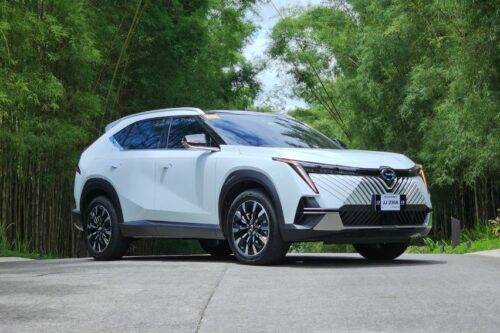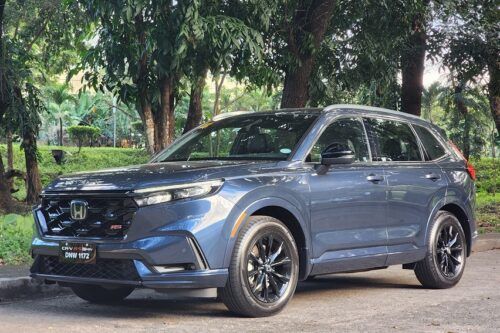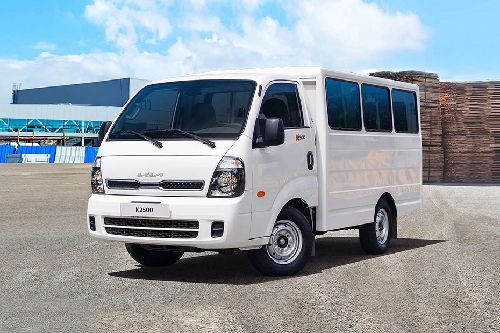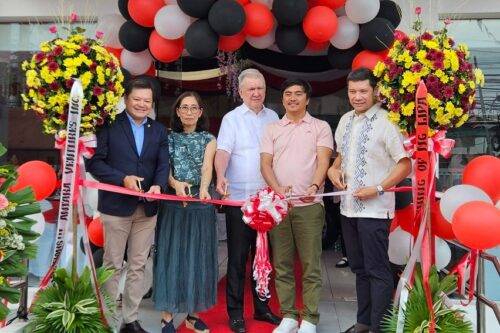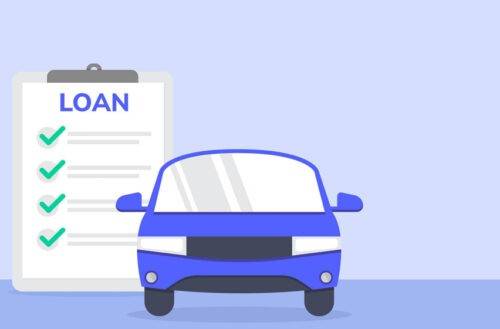DOTr outlines modernization program post-quarantine
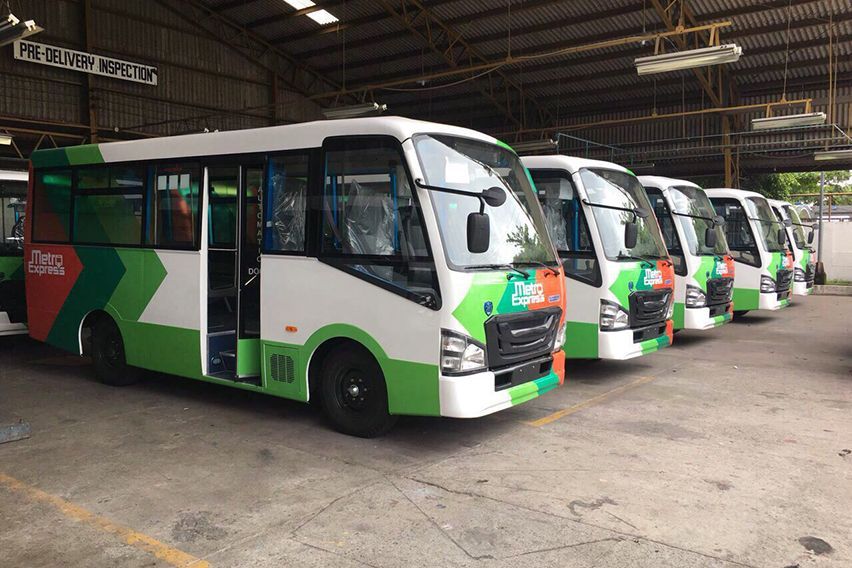
MANILA: What will the "new normal" look like for commuters once the quarantine has been lifted by the IATF-MEID (Inter-Agency Task Force for the Management of Emerging Infectious Diseases)? The DOTr (Department of Transportation) gives us a peek.
Using technology and sustainability as its foundation, the changes are not only aimed at reducing disease transmission but also to revolutionize public transportation to increase efficiency and reliability while making it safer and more environmentally friendly.
The DOTr, Department of the Interior and Local Government, Department of Health, and the Department of Public Works and Highways are drafting a Joint Administrative Order for guidelines on the use and promotion of public transport during and after the COVID-19 pandemic.
Below are the several of the measures, policies, and projects being considered to modernize the country’s transportation systems:
Consolidate PUV (public utility vehicle) operators and rationalize routes
Reduce the number of operators for consolidation for economies of scale, and shorten routes to prevent overlapping and to gain more load factor per trip.
Create dedicated lanes for PUVs
Provide dedicated lanes for PUBs (public utility buses) to form a system where they can do a quick but safe and reliable turn-around.
Implement online transactions and online payments.
The following agencies are tasked with modernizing to facilitate online transactions and a cashless payment system:
Land Transportation Office (LTO)
Land Transportation Franchising and Regulatory Board (LTFRB)
Office of Transportation Cooperatives (OTC)
Toll Regulatory Board (TRB)
OTC (over the counter) required seminars to be done via telecom / webinars
Door-to-door deliver of driver’s licenses and permits
Reduce chance of pilferage with AFCS (automatic fare collection system)
Data collected through the AFCS can help operators and policymakers improve the efficiency of public transport services
GNSS/GPS monitoring of fleet
Make the installation and use of GPS (global positioning system) and GNSS (Global Navigation Satellite System) mandatory. This will allow commuters to monitor the time of arrival of the bus Operators and the government regulator will be able to track driver behavior and trips made, kilometer run of the buses, and see how many are running
Online seat booking
Allow commuters to book their rides in advance.
Reduce need to fall in-line in terminals
E-toll collection technology
Faster queuing time at tollbooths
Require companies and schools to provide of shuttle services
All government agencies will be asked to provide shuttle services for their respective employees, with companies hopefully to follow suit
Schools will also be required to provide school service for their students
Promote use of bicycles, non-motorized transport
The DOTr is tasked to encourage the use of bicycles and non-motorized transport. LGUs are also mandated to develop more facilities to make biking safer and craft ordinances to encourage biking, requiring bike racks, lockers, among others
Photos from the Department of Transportation and Pasig City
Also read: DOTr lays down public transportation regulations for GCQ areas
Sell your car at the best price
 Verified and genuine buyers
Verified and genuine buyers
PIMS 2024
- Latest
- Popular
You might also be interested in
- News
- Featured Stories
- Latest
- Upcoming
- Popular
Latest Car Videos on Zigwheels

Car Articles From Carmudi
- journal
- advice
- financing
- insurance






